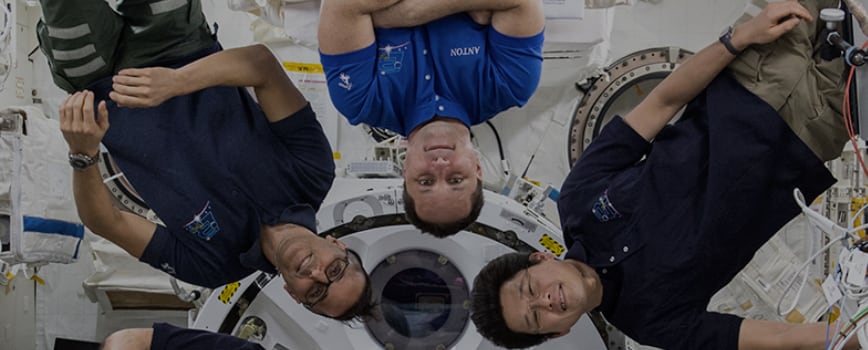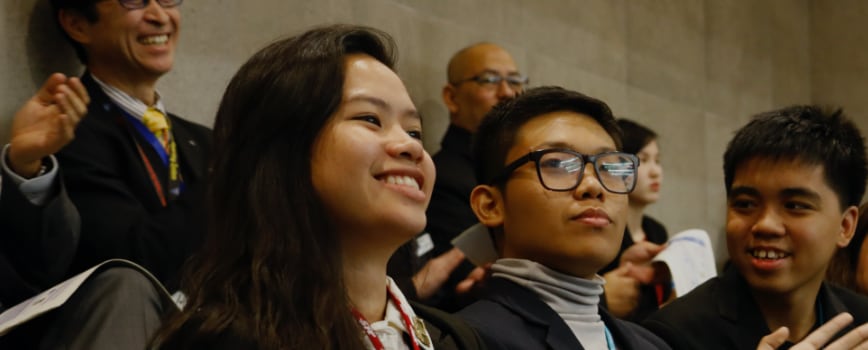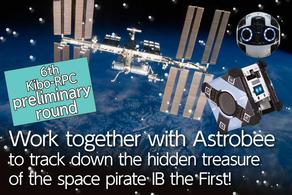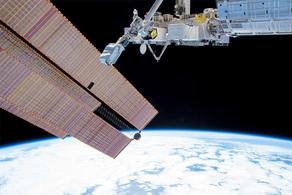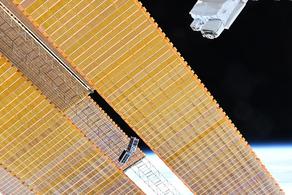2024.01.29
- Announcements
The 4th Kibo Robot Programming Challenge: Report on the Results of the Final Round
- Experiment at Kibo
- Kibo Utilization Office for Asia (KUOA)
Summary
On October 21, 2023, JAXA held the 4th Kibo Robot Programming Challenge (Kibo-RPC) Final Round Event. 10 representative teams (Table 1), who had won the countries/region preliminary round, competed with programs they created to demonstrate the accuracy of their laser beams and the time it took to reach the goal of the competition by using NASA's Astrobee. For the first time since Kibo-RPC began, the Final Round Event was held as a hybrid event at the JAXA Tsukuba Space Center and online, with 5 teams participating in the event at the Tsukuba Space Center.
A video of the event is available on the following JAXA channel on YouTube.
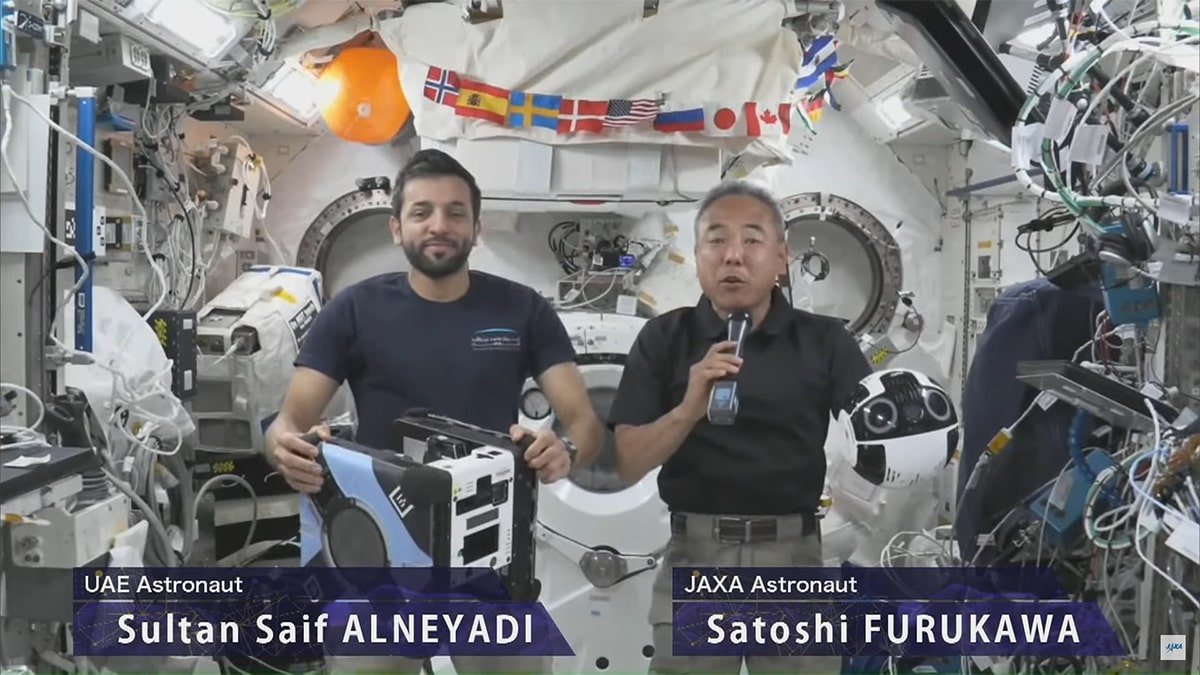
Table 1: List of teams participating in the on-orbit finals (in alphabetical order)
| Country/Region | Team Name |
| Australia | Dream Rover |
| Bangladesh | Team Paragon |
| Japan | Eager Hoper |
| Malaysia | Zetsubo |
| Singapore | SST1 |
| Taiwan | Flying Unicorns |
| Thailand | Galactic4 |
| UAE | AUS-IEEE-RAS |
| UNOOSA | ORION (Indonesia) |
| USA | Salcedo |
About the Final Round Event
At the beginning of the event, in addition to greetings from Professor NAKASUKA Shinichi of the University of Tokyo and JAXA Astronaut WAKATA Koichi, the event MC, JAXA Associate Senior Administrator MIYAGAWA Yayoi, provided an overview of the event and introduced a video message from Jose V. BENAVIDES (Astrobee Project Manager) of the NASA Ames Research Center (ARC). After an explanation of the game rules by NAGASE Katsura, JAXA Engineer, Astronaut Furukawa introduced the ISS Kibo, the venue for the competition, and the Final Round Event began. (Figure 2) (Program: Table 2)
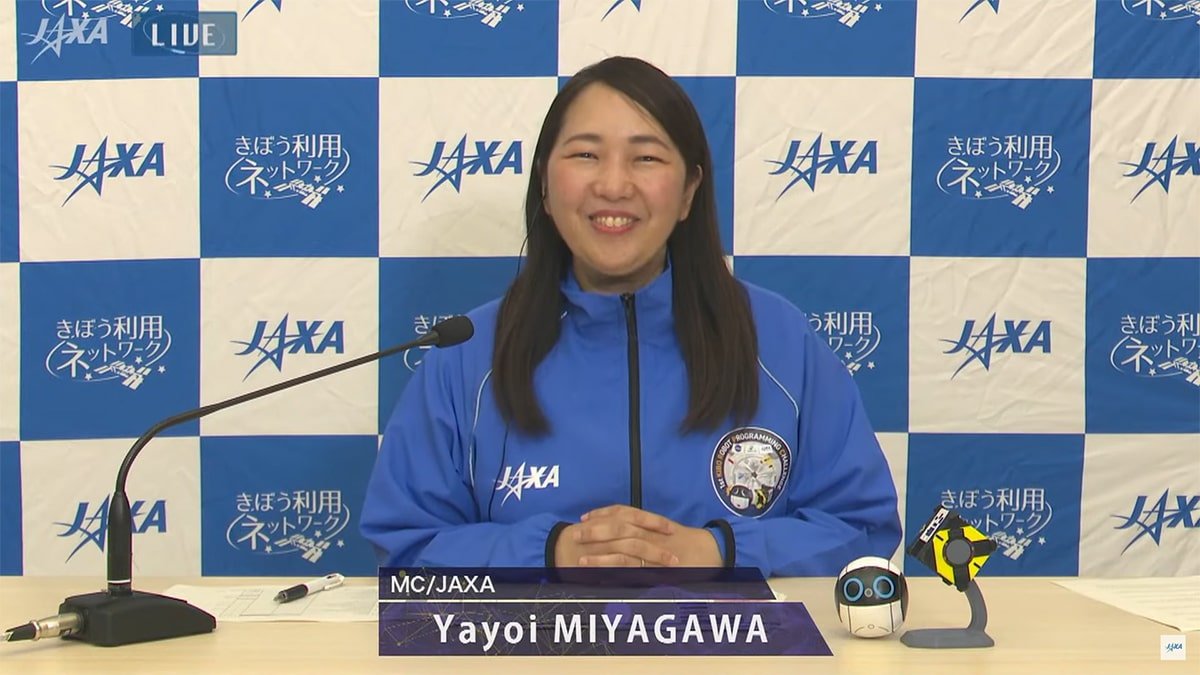
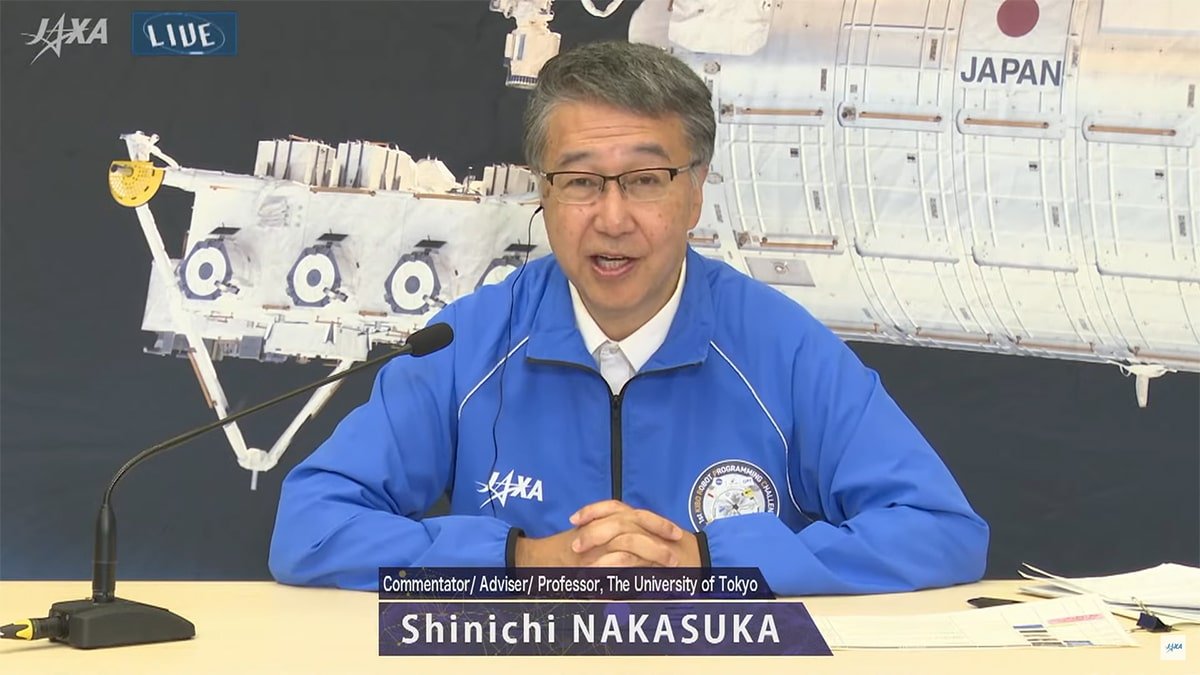
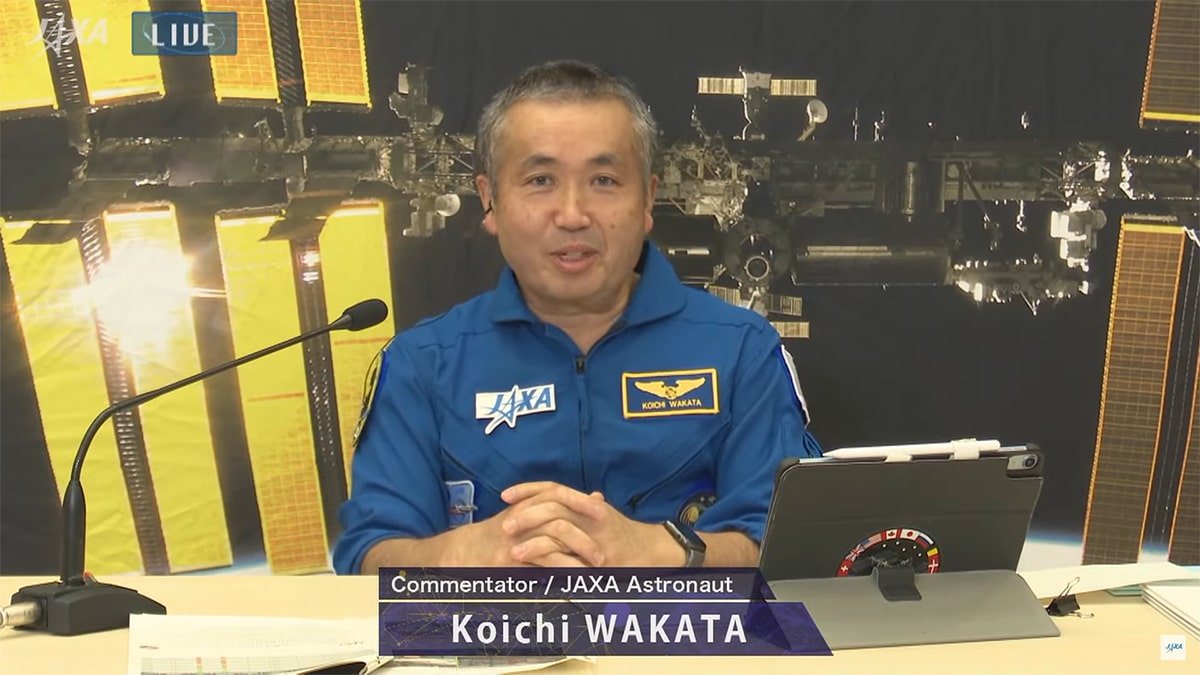
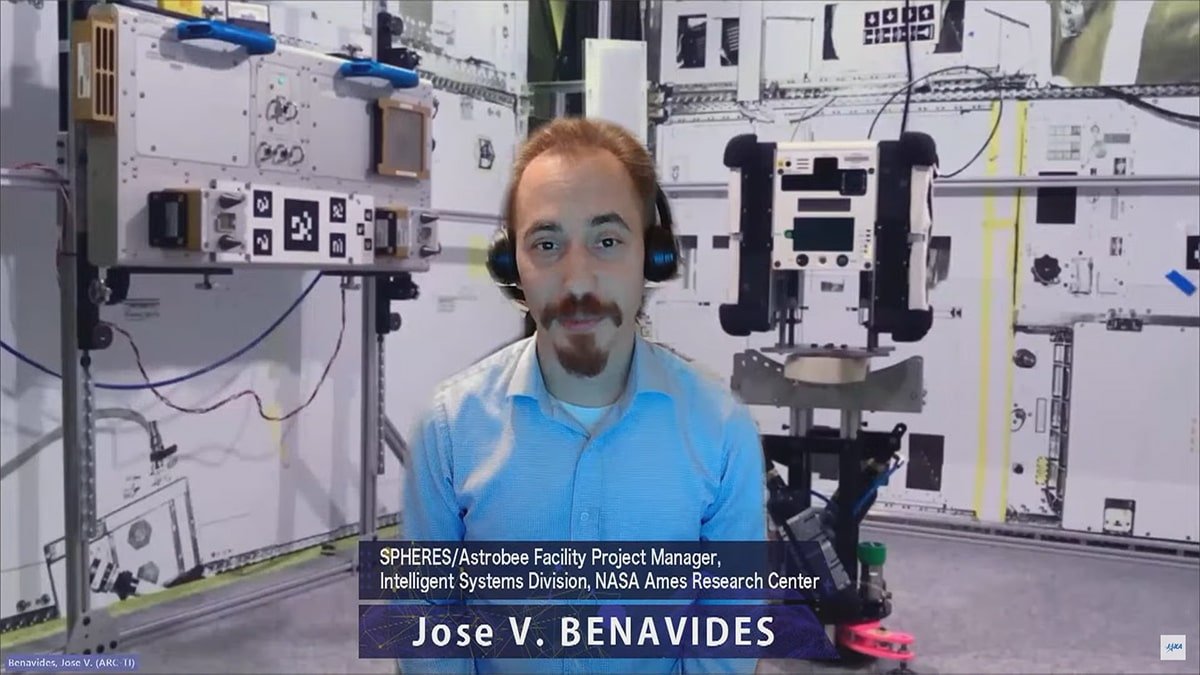
(Image by NASA)
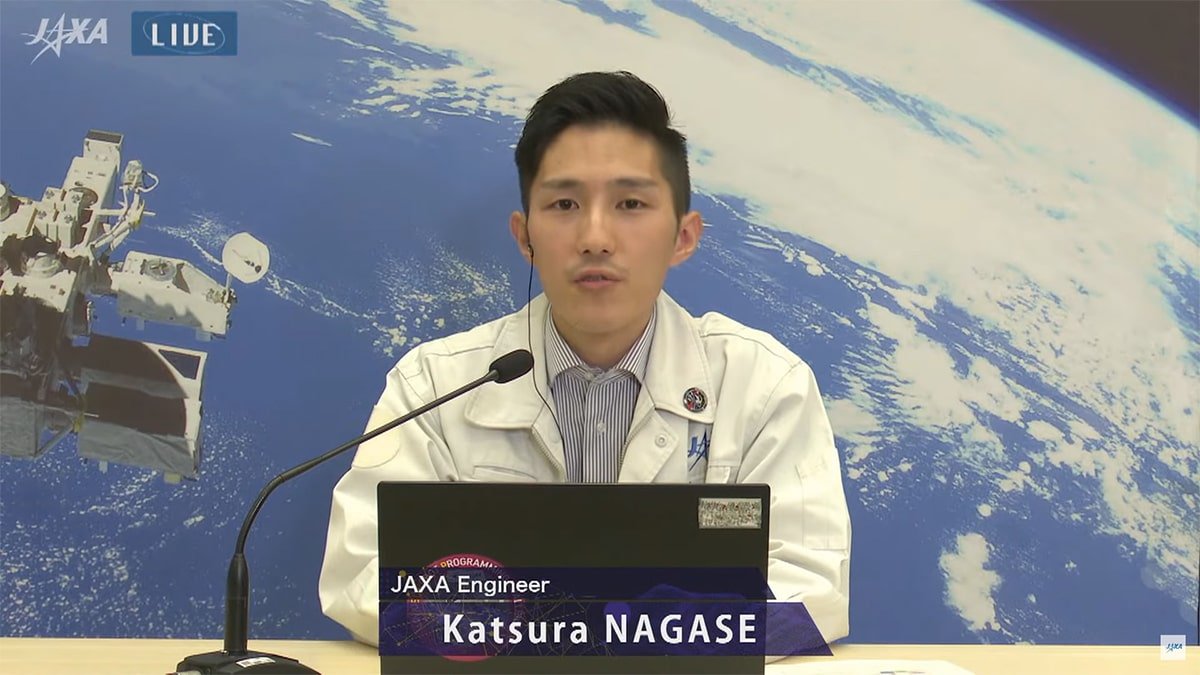
Figure 2: Scenes from the Competition
Highlights of the Competition
Team strategies such as choosing the efficient path to move the Astrobee, laser irradiation position, and time management were important in this year's rules, and each team had its own unique strategy. For example, since the QR code can be read at any time, some teams focused on the timing for reading the QR code, while others chose to irradiate more targets without reading the QR code. After introducing their teams, students watched how Astrobee moved in the Kibo by their program and whether it could successfully complete its mission (Figure 3). While some teams were able to successfully complete their missions, the differences between the simulation environment used in the preliminary round and the real environment affected the results, and some teams learned about the difficulties that only a real environment can provide. (Results for Each Team: Table 3)
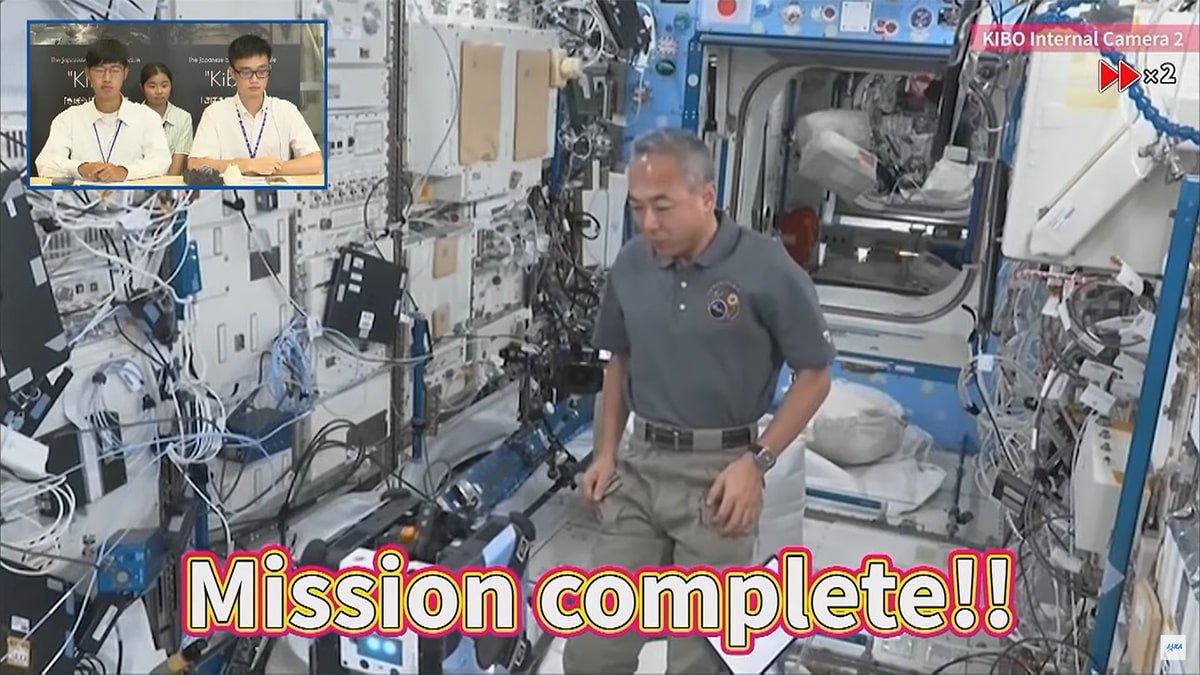
Announcement of Results
After all teams finished their run, the results of the final round were announced.
The first-place winner was the Taiwan representative “Flying Unicorns” (Figure 4). “SST1” (Figure 5), representing Singapore, took second place, and “Galactic4” (Figure 6), representing Thailand, took third place (Table 2). During the awards ceremony, as the team names were announced, they expressed their joy and shared the moment with their teammates. The first-place winner, Flying Unicorns, and the third-place winner, Galactic4, received their certificates directly from Astronaut WAKATA, as they both participated in-person at the Tsukuba Space Center. The second-place Singapore team also received a certificate of commendation at a later date.
The first-place winner was the Taiwan representative “Flying Unicorns” (Figure 4). “SST1” (Figure 5), representing Singapore, took second place, and “Galactic4” (Figure 6), representing Thailand, took third place (Table 2). During the awards ceremony, as the team names were announced, they expressed their joy and shared the moment with their teammates. The first-place winner, Flying Unicorns, and the third-place winner, Galactic4, received their certificates directly from Astronaut WAKATA, as they both participated in-person at the Tsukuba Space Center. The second-place Singapore team also received a certificate of commendation at a later date.



The 4th Kibo-RPC was the first competition after the restrictions on the spread of the COVID-19 were lifted, and a total of 24 students and space agency staff participated in the event at the JAXA Tsukuba Space Center. Unlike online-only events, the finalists were able to interact with each other and enjoyed attending the event.
Appreciation and Advisory Notice
The 4th Kibo-RPC was a success thanks to the space agencies/research institutes of the participating countries/region that cooperated in organizing this event, as well as to the students who prepared and submitted their programs undeterred until the very end. We hope that the knowledge and experiences gained from this event will have a positive effect on your future endeavors.
The 5th Kibo-RPC is in the works, and we eagerly anticipate your involvement in the next competition.
The 5th Kibo-RPC is in the works, and we eagerly anticipate your involvement in the next competition.
Table 2: Kibo-RPC Finals Program
| Program | Participant | |
| 1 | Opening video | Moderator: MIYAGAWA Yayoi, Associate Senior Administrator, JEM Utilization Center, JAXA |
| 2 | Introduction:Introduction of the moderator and commentator and information about the orbital finals | Commentators ・NAKASUKA Shinichi, Professor, Department of Aeronautics and Astronautics, The University of Tokyo ・WAKATA Koichi, JAXA Astronaut |
| 3 | Video Message from ARC | Jose V. Benavides, Astrobee Project Manager, NASA Ames Research Center |
| 4 | Rules Explanation | NAGASE Katsura, JAXA Engineer, JEM Utilization Center, JAXA |
| 5 | Opening Remarks Video | FURUKAWA Satoshi, JAXA Astronaut |
| 6 | Introduction by each team and video playback of in-orbit operations (in ABC order) | Commentators ・Prof. NAKASUKA ・JAXA Astronaut WAKATA |
| 7 | Results and Awards Winner's Interview |
Result Presenter JAXA Astronaut WAKATA Winning Team Flying Unicorns (Taiwan) |
| 8 | Evaluation | Prof. NAKASUKA |
| 9 | Closing Remarks | JAXA Astronaut Furukawa UAE Astronaut Sultan Alneyadi |
| 10 | Final Remarks | Moderator Ms. MIYAGAWA |
Table 3: List of results of in-orbit finals
横スクロールしてお読みください。
| Rank | Country / Region | Team Name | Mission Completion Time |
Number of Phases |
Reaching the Goal |
Reading QR | Leaser Hit / Active Targets |
Score |
| 1 | Taiwan | Flying Unicorns | 4:56.5 | 5 | ○ | ○ | 4/7 | 110.77 |
| 2 | Singapore | SST 1 | 3:36.6 | 3 | ○ | ○ | 2/4 | 98.54 |
| 3 | Thailand | Galactic4 | 4:38.5 | 4 | ○ | ○ | 4/6 | 94.79 |
| 4 | UNOOSA | ORION | 4:51.1 | 4 | × | × | 4/6 | 91.99 |
| 5 | Bangladesh | Team Paragon | 4:14.1 | 3 | ○ | ○ | 4/6 | 70.20 |
| 6 | UAE | AUS-IEEE-RAS | 4:08.2 | 4 | × | ○ | 3/6 | 61.51 |
| 7 | Malaysia | Zetsubo | 3:53.5 | 2 | × | × | 1/3 | 24.77 |
| 8 | Australia | Dream Rover | 5:25.8 | 3 | × | × | 0/4 | Time’s up |
| 8 | Japan | Eager Hoper | 5:17.4 | 4 | ○ | × | 3/6 | Time’s up |
| 8 | US | Team Salcedo | - | 3 | × | × | 2/4 | Time’s up |
Unless specified otherwise, rights to all images belong to ©JAXA




